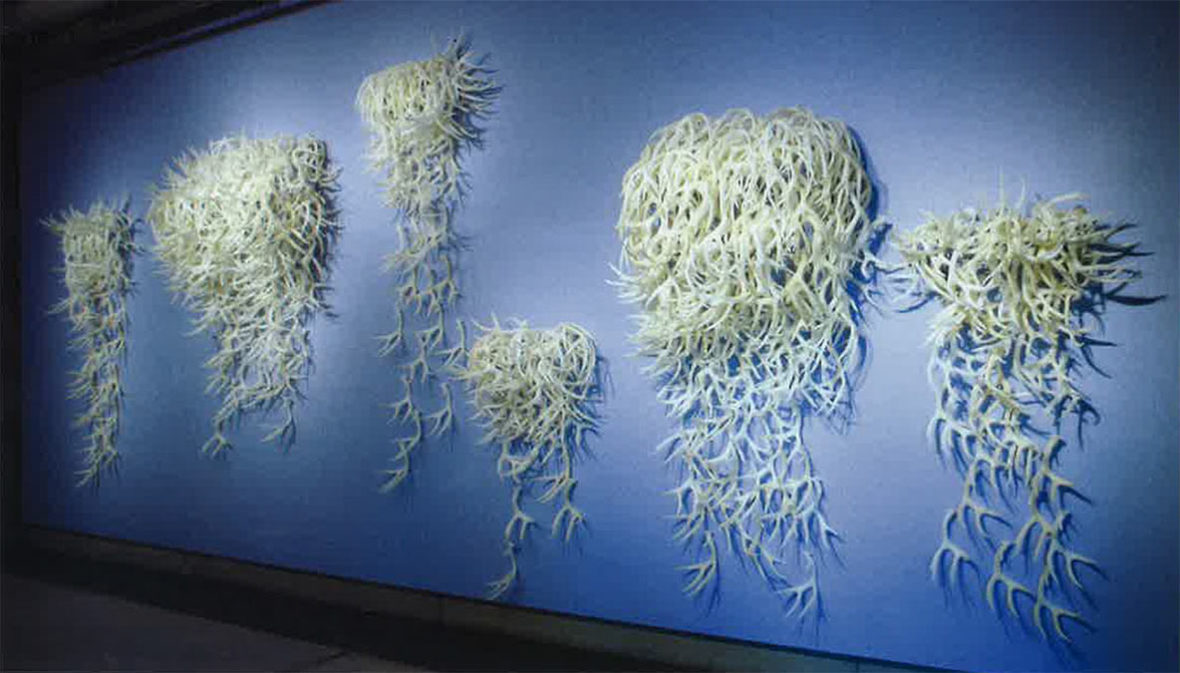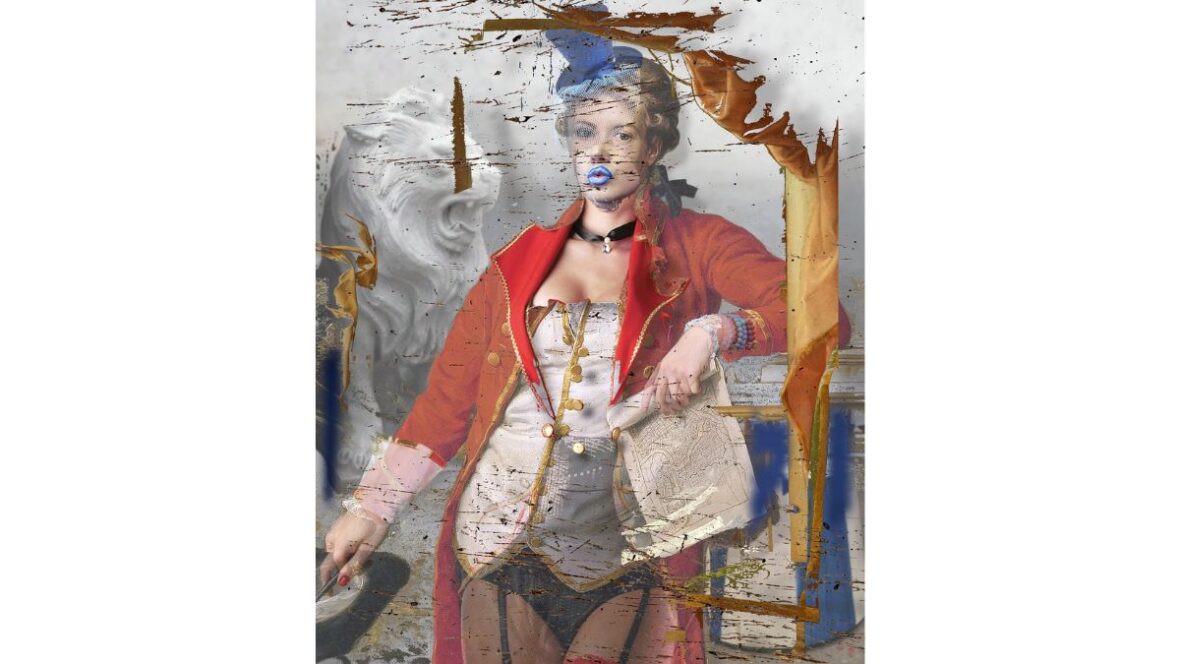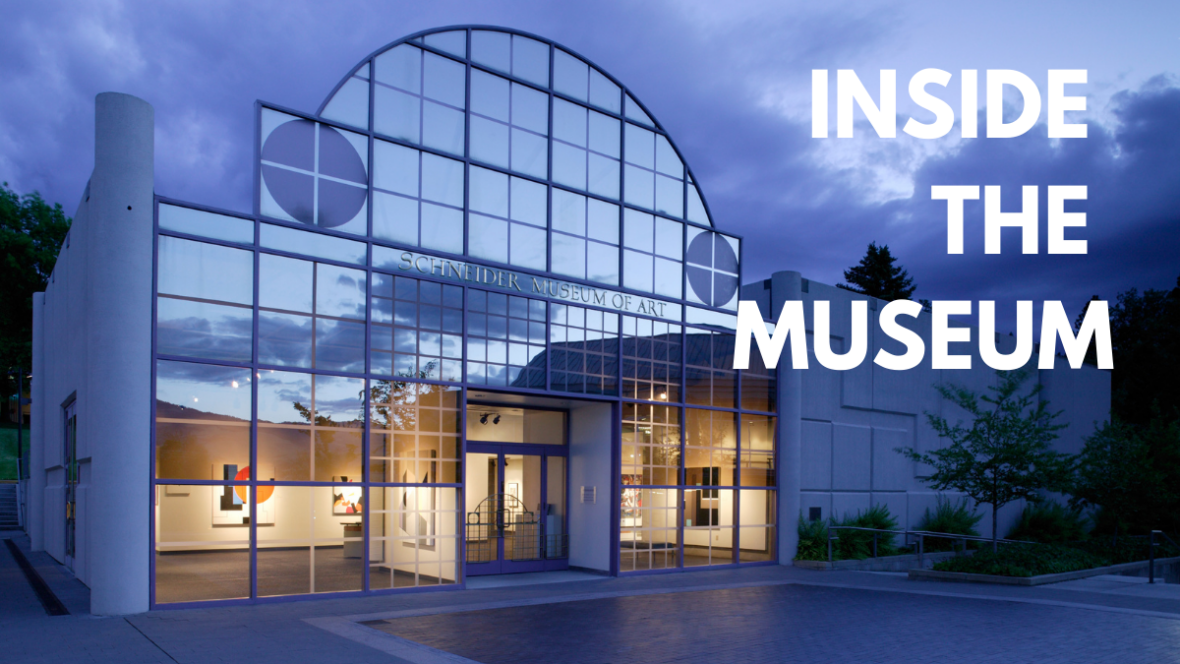4 Artists / 4 Installations
Exhibition Statement
4 Artists / 4 Installations featured work by Marlene Alt, Mineko Grimmer, Yuriko Yamaguchi and Connie Zehr. Each of these women completed an installation within the galleries of the Schneider Museum, each using different materials, expressing different personalities and visual languages yet all of them sharing an intimate knowledge of and involvement with their natural environment. Such inspiration as they derive from the flora and fauna of the organic world is clearly evident in their choice of materials. Each one of their installations, in their own particular way, spoke of their concerns about the earth, the landscape, eco-systems and the particularly seductive qualities of sights and sounds found in nature. Apart from their common interest in forms and materials found in the natural environment, these four women artists share a sensitive and poetic bent while at one and same time finding the energy and the strength to make art, in some instances raising families, pursuing teaching careers, and exhibiting regularly.
Marlene Alt’s installation was based on a previous work titled American Still Life. In her installation she departed from the traditional historical perspective of still life as a painting genre that places the material world onto a two-dimensional plane, to present a hybridized still life – an illusory three-dimensional space in real time that the viewer can walk through, an installation where dream-like fragments of the domestic interior and the natural world comprise a muted state of desire. The elements of American Still Life are rooted in landscape. It is landscape as place – place as still life.
Mineko Grimmer, born in Japan, does installations that incorporate random sounds within the context of sculptural settings. Within the confines of space allotted to her installation, she constructed sculptural arrangements that were both aesthetically and functionally exquisite. Mineko’s experiences as a young child growing up in the cold climate of Northern Japan have had a major influence on her work. Confined to the house, as a child, Mineko looked out the window for hours on end . . . observing the icicles forming on the edge of the roof . . . as winter gave way to spring, the icicles began melting and she noticed differences of sound as drops of water hit the ground depending upon the surface they fell on. The elements involved in her installations included water, stones, koto strings, bamboo and sometimes, wood. Each and every one of these sculptural arrangements differs from one piece to another. What remains a constant is an inverted pyramid of ice, hung above each one of these sculptures. Each pyramid contains small pebbles frozen and immobilized in the ice; hung directly above the sculpture at the beginning of each day, it melts gradually over a period of 5-6 hours, releasing the pebbles at random intervals. As they fall, they hit water, stones, bamboo sticks or koto-strings; a different sound results from each encounter.
Yuriko Yamaguchi’s installation was silent relying only on visual enchantment. First created for Suyama Space in Seattle, the installation Web was described by curator Beth Sellars as follows: Web references a virtual nature eco-system composed of several thousand hand-formed pods made of flax, abaca and wire that hang from the gallery ceiling by hidden filament lines. Associated with natural forms such as pupae, silkworm cocoons or falling waterdrops, the pods cluster in a dense swarm, hanging at eye level, serenely suggesting an ethereal power-place or place of ritual. At the University of Maryland where she received her M.F.A., Yuriko was exposed to the work and teachings of noted sculptor Martin Puryear who became the key figure in her merging of the aesthetic traditions of her native Japan with his poetic, labor intensive, visual vocabulary.
Connie Zehr’s sand installations were once defined by her as “environmental sculpture.” Belonging to the generation of artists who reacted against the over-marketing of art by creating ephemeral works that could not be sold, she chose to work with sand that most ephemeral of materials, which even in its natural habitat changes form and location at the whim of the wind. Thus, sand which by its nature dictated the flexibility and the limits of form, became both the substance of the work, the means to the end, as well as the matter of the end. Trips into the landscape, primarily to Baja, California to find sand of various colors and textures also led to special relationships with the sites where the sand was found. Inspiration and imagination as well as the flowing nature of sand turned into a repertoire of physical moves that in turn generated specific forms such and the “mound” which in time became her alter ego, an abstract symbol of her identity.
Curator
Josine Ianco Starrels
Artists
Connie Zehr
Marlene Alt
Mineko Grimmer
Yuriko Yamaguchi



